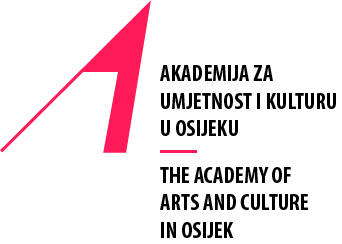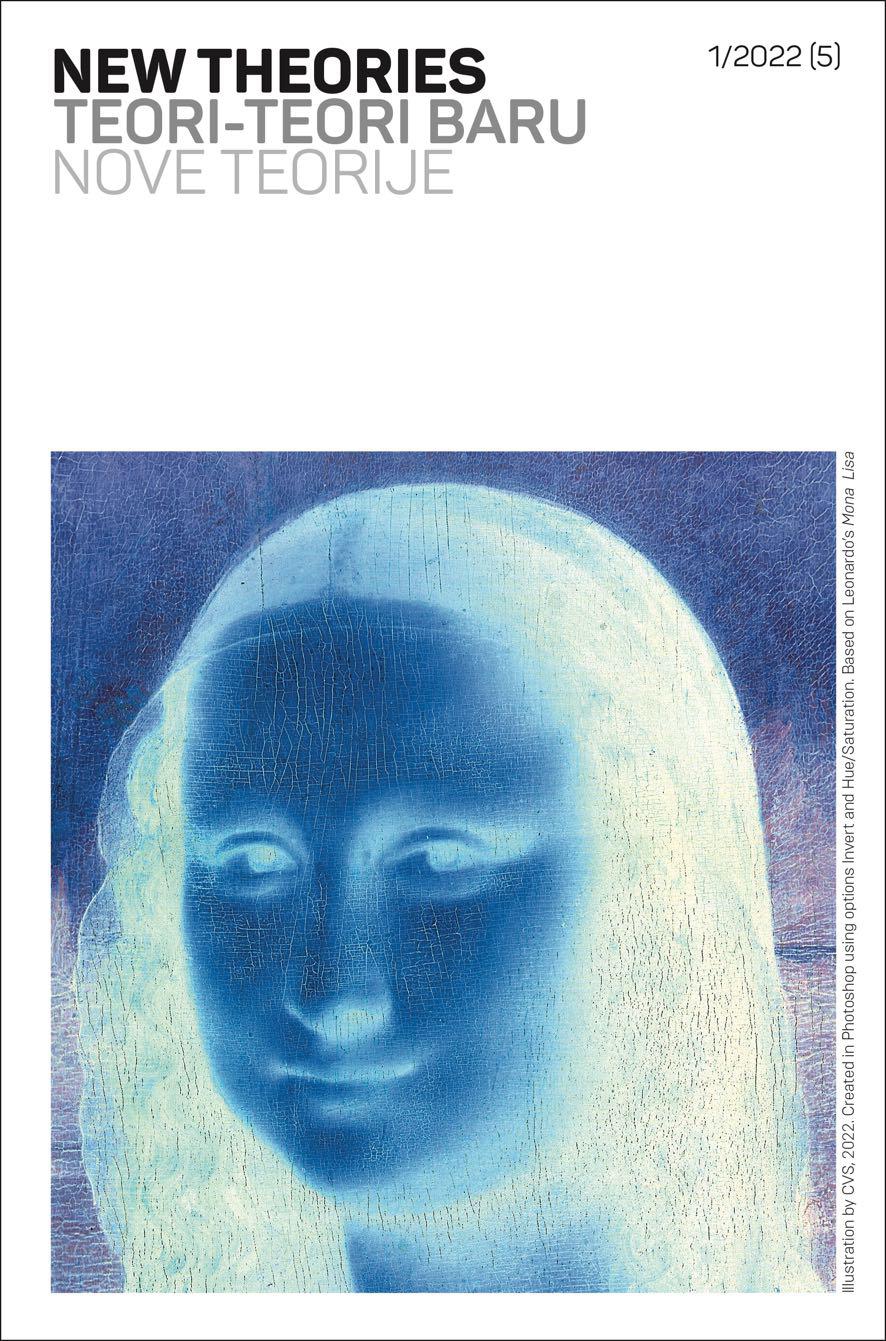Can art provide knowledge?
On the cognitive value of images
Ključne riječi:
Visual art; pictorial representation; art and knowledge; aesthetic cognitivismSažetak
The question of the relationship between art and knowledge and whether and
in what sense art can be regarded as a form of knowledge has been addressed
from different perspectives but it still does not have secure grounds in
contemporary aesthetics. The argument involves rather skeptical attitudes
– from Plato to Kant and throughout the dominance of positivist tradition in
Western philosophy in the first half of the 20th century – as well as cognitivist
approaches, such as James O. Young’s view of art as a source of knowledge,
which has the capacity to provide both propositional and practical knowledge.
The “linguistic turn” in contemporary thought and the ensued iconization
of language in western culture led to the identification of cognitive potential
with discourse, resulting in inequitable disregard of sensory awareness
and turning the human experiences and cognition into the product of language.
The submission of iconicity to semantics and reducing the pictorial
to interpretable text without sensory significance led to the questioning of
the cognitive aspect of visuality.
The hermeneutical perspective, drawing upon Michael Polanyi’s view of
all knowledge as established in relation to tacit thought, considers art as
embodying tacit knowledge and emphasizes the importance of the inherent
inexhaustibility of meaning in art that can contribute to the inquiry. Recognizing
that knowledge is not always reducible to language, such perspective
liberates knowledge from the dominance of the propositional and provides
further insights for the phenomenology of art as a creative practice.
No doubt that the ways of representation in arts are fundamentally different
from those in the sciences and both realms contribute to knowledge in radically
different ways. However, while the ways to explicate how art can enhance
the faculty of judgment and practical knowledge might be relatively obvious in
literary works, the question of how visual works can provide the same kinds
of knowledge is more ambiguous. Consequently, the question of epistemic
potential of visual representation is even more challenging.
Image as a system constructed according to the immanent laws with its own
iconic sense - which determines its difference from reality as well as from
discourse – challenges perception, because a conceptual, abstract tendency
of perception is incompatible with a sensual particularity of the image
(Boehm). At the same time, it allows a multiplicity of experience made possible
by simultaneity inherent in the image provided that we understand the
act of seeing as comprising simultaneity and consecutiveness as well as the
unconscious, pre-conceptual processes. It is the expressive potential of the
pictorial and the specificity of art as an experiential and perceptual modality
embodying representational meanings that distinguishes it as a distinctive
form of knowledge. In an endeavor to defy the approach of semiotics and the
epistemology of science that insist on amodality of knowledge and its dependence
on discursive context, this paper rejects the reducibility of knowledge
to language and embraces the approach that advocates „disestablishing the
view of cognition as dominantly and aggressively linguistic“ (Stafford).
##submission.downloads##
Objavljeno
Broj časopisa
Rubrika
Autorska prava
Copyright (c) 2024 New Theories = Nove teorije

Ovaj rad licenciran je pod Creative Commons Attribution-NonCommercial-NoDerivatives 4.0 International License.


